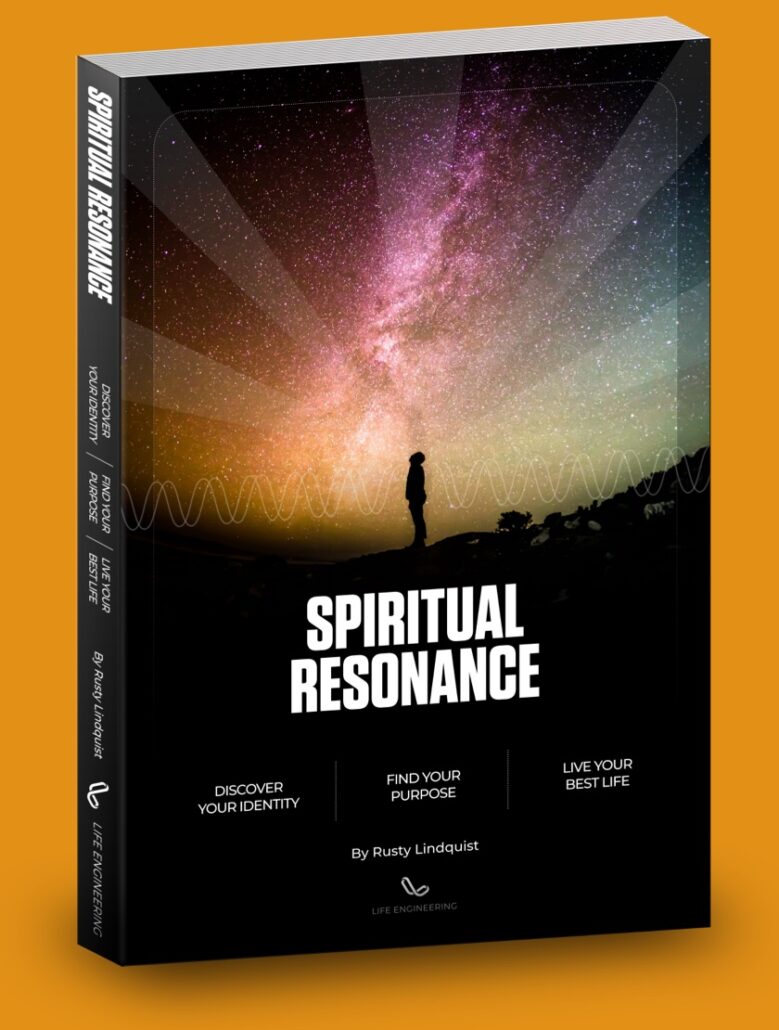Free Course: Alignment Staying on Course Free Course: Alignment From our 16 Elements series, and a part of the Act Pillar, Alignment …
SERVICE RIDE CONTROL
articles
The dashboard on my Yukon Denali XL (XL stands for extra long—to fit my six kids) has been displaying the message “Service Ride Control.” It’s been that way for six months now.
Yes, I’m a bit embarrassed about how slow I’ve been to service my ride control, whatever that means.
In preparation for an upcoming road trip, I finally took it in to see what was going on.
Apparently, these new-fangled cars (it’s not that new) have this thing called adaptive ride control, or something like that. Essentially, there’s an air compressor that attaches to the tires and senses the air pressure. When you’re driving and hit a rough patch, it automatically reduces tire pressure to increase traction. Lower tire pressure helps the tires absorb more of the rough terrain, allowing more of the tire to be on the ground, and creating a smoother ride. Then, once you’ve stabilized, it increases air pressure so there’s less absorption, resulting in better ride quality.
“Wow, my car does that?” was my response.
“Well, not currently,” was the reply. “Your compressor is broken, but we can replace it for $700.”
After coughing and groaning at the figure, I was left to ponder the wonderful metaphor.
Like my car, sometimes you hit a rough patch in life. When you do, you need to adapt and adjust dynamically—“on the fly,” so to speak. You need to increase your tolerance (absorb more of the blows), and don’t let yourself take the bumps too hard (or seriously). You need to adjust the pressure.
If you realize that in life, rough patches just happen, and that you can’t control when they hit, how hard they hit, or how long they last, it gives you a certain perspective. Appreciating their inevitability helps you take them in stride, not letting them hit you so hard, nor jar you off course.
Increasing your tolerance, or your ability to accept those blows, helps you keep traction so you can continue to move forward. It smooths the ride.
But then when things smooth out, you can lower your tolerances again—expect more out of yourself, push yourself harder, and be less forgiving about slip-ups. That way, when life is smoothest, you can go faster and further, getting the most leverage out of the relative ease of the terrain.
But remember, there will still be rough patches ahead. When you hit them, be ready to adapt again until you work through them.
A rigid, non-adaptive approach to life only increases the likelihood of losing control in a rough patch, and can make for a really bumpy ride.
Perhaps it’s time to service your ride control.
-Rusty
Share this
with someone who might need it
keep reading
The turkey effect How to learn who you are and live your best life raising turkeys People often wonder “who am I?”; …
HOT HANDS HOW identity POWERS PEAK PERSONAL PERFORMANCE HOT HANDS There’s a well-known phenomenon in sports called “Hot Hands.” It’s the idea …
Know Thyself The Key to Unlocking Your Full Potential Know thyself Nestled deeply on the slopes of Mount Parnassus in Greece is …
Employee satisfaction is closely tied to performance. When satisfaction levels rise, productivity, customer service, and profits tend to rise too. Employee turnover slows down and it becomes easier to recruit new talent. See how your team, leadership, and shareholders can benefit from a company culture that emphasizes employee satisfaction.
If you want your customers to be happy, you need to think about employee satisfaction. When employees like their workplaces, they are more effective at their jobs and provide better customer service. Learn more about the link between the employee and customer experience and how to measure employee satisfaction.








Responses